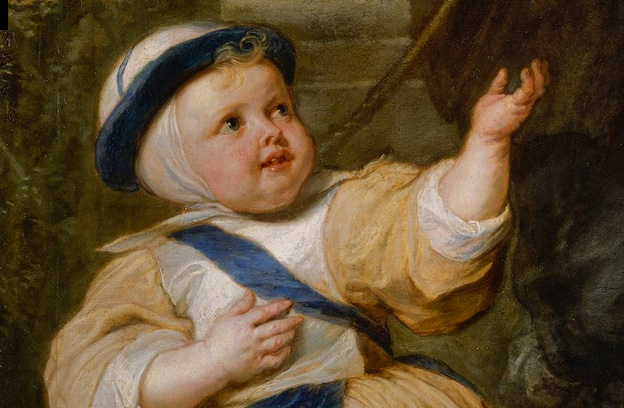Caspar Schott S.J. (1608-1666) is a remarkable representative of the passion for scientific knowledge that, in the first two thirds of the seventeenth century, possessed enough educated people across Europe as to create a new social entity – the Republic of Letters – the service of which became their primary loyalty. They did not know exactly where they were headed, nor did they particularly foresee the magnitude of their impact; what they did know with blazing conviction was that the long tradition of philosophical theorising without the support of quantitative experiment was bankrupt. As Schott’s mentor and hero Athanasius Kircher says: ‘All philosophy unless grounded in experiment is empty fallacious and useless…Experiment alone is the arbiter of disputed questions, the reconciler of difficulties and the one teacher of the truth’1. This common conviction bonded scholars of disparate religious and philosophical outlooks to the citizenship of a republic of learning.






